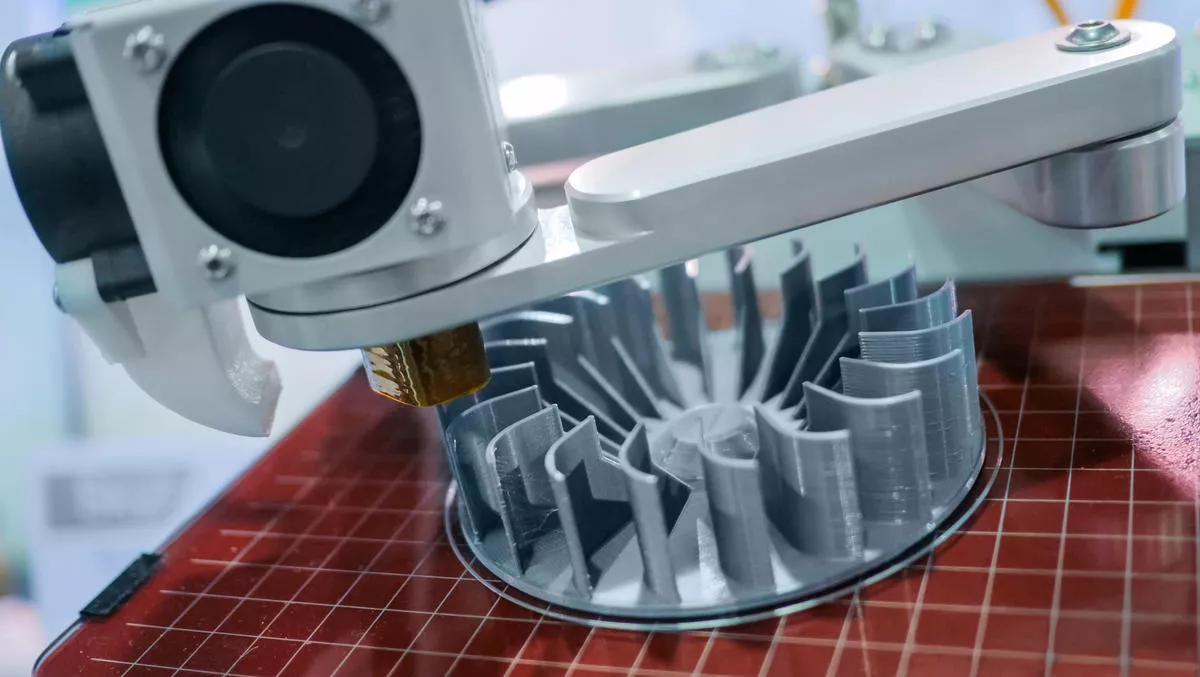
Huge opportunity in 3D printing materials market
The market for 3D printing materials has been affected by the COVID-19 pandemic, but plenty of market drivers point to a strong future, according to research from IDTechEx, published as "3D Printed Materials Market 2020–2030 – COVID-19 Edition".
The report forecasts that the global market for 3D printing materials will be worth $18.4 billion in 2030.
From prototyping to manufacturing
3D printing in both domestic and industrial settings has boomed since the fused deposition printing process came off patent in 2009, and commercial 3D printing undertaken in factories and by 3D printing bureaus is now an established industry vertical.
While these end-users initially produced mostly prototypes or items for product development, their scope has increased greatly in the past few years, and we now see 3D printing moving into mainstream manufacturing and onto production lines.
This is due to significant, recent evolution in printers and printer consumables.
It is now possible to print bigger and more intricate items than ever before in a wide (and growing) range of materials.
Materials covered in IDTechEx's report include photosensitive resins, thermoplastic powders, thermoplastic filaments, metal powders, metal wire, and ceramic powders.
Printing materials extend market opportunities
This range of technologies and products and increasing versatility – in particular, the ability to print biocompatible and even safety-critical components – is helping to make additive manufacturing a growing presence in the supply chain, as firms in many industries begin to integrate it into production lines.
Now that metal alloys can be 3D printed to very precise specifications –with the ability to vary proportions and composition across a single component – printed elements are now being used in commercial airliners, and aerospace customers are looking to extend their use.
The development of bio-sourced and biocompatible printing materials is paving the way to markets in medical and research settings.
The facts that 3D printing is highly customisable and can be undertaken locally are also strengths in markets that increasingly demand these.
For example, at the start of the COVID-19 pandemic, when healthcare was crying out for effective PPE and medical consumables, responses often came from relatively small, local companies using 3D printing to make bespoke masks, swabs, and valves for CPAP machines.
The need for bespoke solutions is not restricted to critical applications; customisation is sought in retail, too.
What is more, this evolutionary process is just beginning. "3D Printed Materials Market 2020–2030 – COVID-19 Edition" also considers nascent materials and those that will be commercialised by 2030.
However, the growth trajectories of markets and materials are not completely parallel: there is still a large body of legacy printers that will continue to require traditional consumables, and they will remain standard in some applications.
The impact of COVID-19
The 3D printing sector generally, and materials, in particular, have been affected by the COVID-19 pandemic.
While the metal components market is still worth billions, two of the sectors most eager to incorporate printed components – aerospace and automotive – have been hit hard and will take time to recover.
Nonetheless, there is still tremendous potential for growth in markets for 3D printing materials, and IDTechEx forecasts a global market value of $18.4 billion in 2030.

